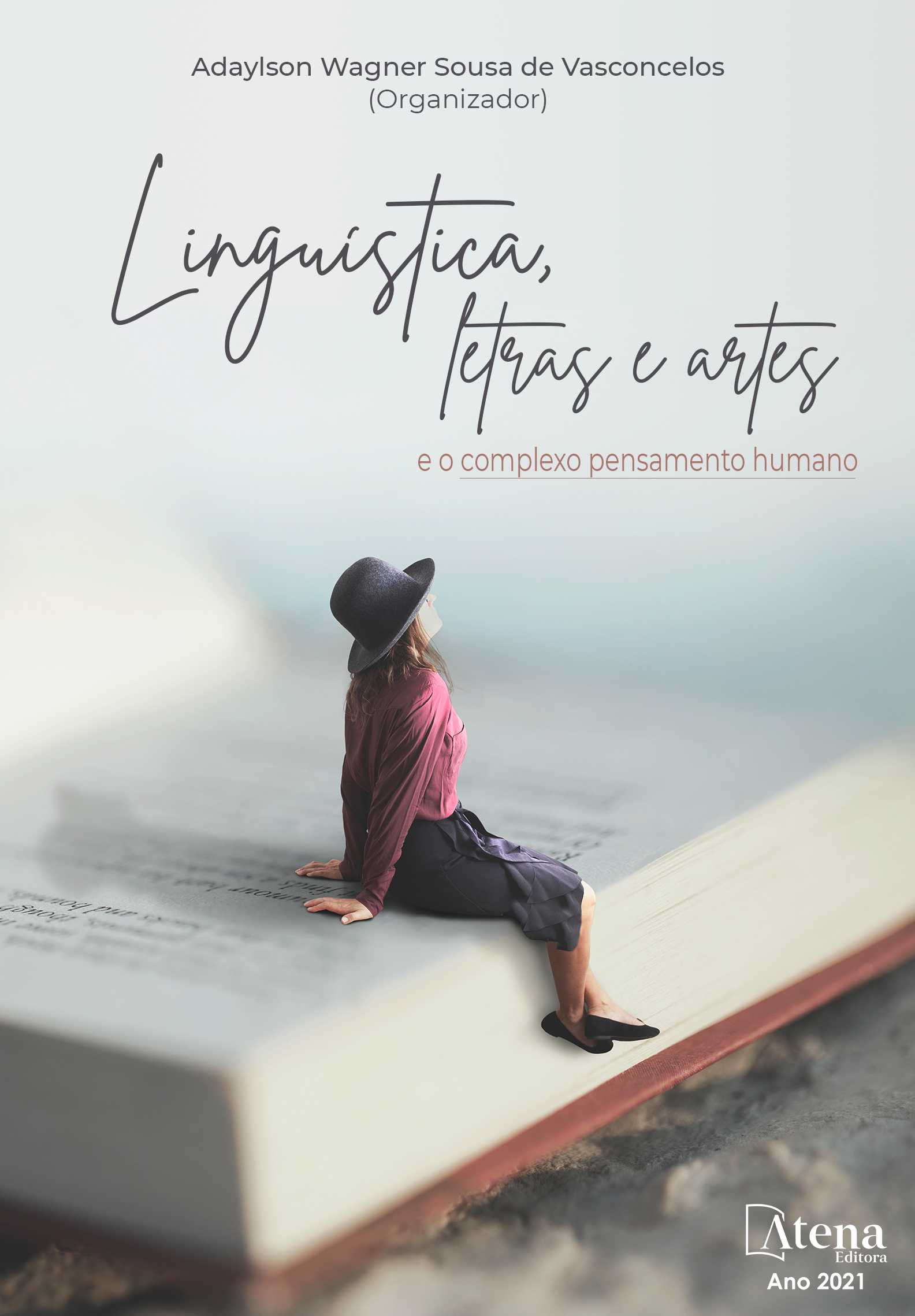
AUTOBIOGRAFIA E ARTE EM CAT’S EYE, DE MARGARET ATWOOD
A obra Cat’s Eye (1988), de Margaret Atwood, traz a autobiografia ficcional de Elaine Risley, influente artista canadense. A pintora, ao voltar a sua cidade natal, Toronto, para uma exposição retrospectiva de sua obra, repensa criticamente sua vida e, em especial, o relacionamento com suas três melhores amigas de infância: Carol, Grace e Cordelia. Ao longo da narrativa, acompanhamos o desenvolvimento artístico e pessoal de Risley, a qual, através de seu relato em 1ª pessoa e de suas pinturas — colocadas ao acesso do leitor por meio de descrições epigramáticas —, expõe sua trajetória como mulher, artista e mãe nos anos 60. Em Cat’s Eye, tanto o relato autobiográfico quanto as produções de Risley têm relevância não apenas para a apresentação dos eventos vividos pela protagonista, mas também para a assimilação e problematização dos mesmos. Este trabalho objetiva analisar a conexão entre narrativa e pintura na obra. Para tal, serão exploradas as relações entre os capítulos e as pinturas de Risley — que os nomeiam —, bem como a apresentação e composição das obras durante a narrativa e, quando necessário, suas relações com outras pinturas e artistas referenciados. A análise culmina em uma interpretação das telas descritas no capítulo 71 do livro como uma autobiografia à parte, elemento agregador dos temas desenvolvidos. Como apoio teórico, lançamos mão de autores que trabalham a relação de Cat’s Eye com arte/pintura, bem como a relação do gênero autobiografia com arte: Banerjee (1990), De Jong (1998), Hite (1995), Howarth (1974) e Vickroy (2005). As contribuições esperadas são a discussão a respeito das interfaces entre narrativa e pintura, assim como seus significados dentro e fora de Cat’s Eye.
AUTOBIOGRAFIA E ARTE EM CAT’S EYE, DE MARGARET ATWOOD
-
DOI: 10.22533/at.ed.8852120123
-
Palavras-chave: Literatura Canadense, Autobiografia, Pintura
-
Keywords: Canadian Literature, Autobiography, Painting
-
Abstract:
Margaret Atwood's Cat’s Eye (1988) features the fictional autobiography of Elaine Risley, influential Canadian artist. The painter, upon returning to her hometown, Toronto, for a retrospective exhibition of her work, critically rethinks her life and, in particular, her relationship with her three childhood best friends: Carol, Grace and Cordelia. Throughout the narrative, we follow Risley's artistic and personal development, who, through her first-person account and her paintings — placed for the reader to access through epigrammatic descriptions — exposes her trajectory as a woman, artist and mother in the 60s. In Cat's Eye, both the autobiographical account and Risley's productions are relevant not only for the presentation of the events experienced by the protagonist, but also for their assimilation and problematization. This work aims to analyze the connection between narrative and painting in the novel. To this end, the connections between the chapters and Risley's paintings — which name them — will be explored, as well as the presentation and composition of the works during the narrative and, when necessary, their relations with other paintings and referenced artists. The analysis culminates in an interpretation of the compositions described in chapter 71 of the book as a separate autobiography, an aggregating element of the themes developed. As theoretical support, we use authors who work on the relationship of Cat's Eye with art/painting, as well as the relationship of the autobiography genre with art: Banerjee (1990), De Jong (1998), Hite (1995), Howarth (1974) and Vickroy (2005). The expected contributions are the discussion about the interfaces between narrative and painting, as well as their meanings inside and outside Cat’s Eye.
-
Número de páginas: 16
- Leonardo Poglia Vidal
- Natália Pacheco Silveira


